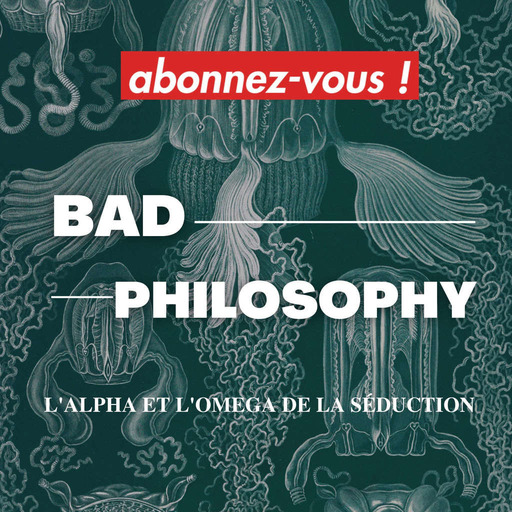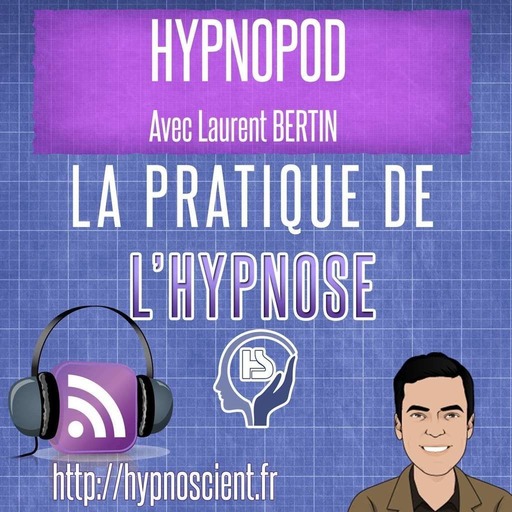There’s a large cave in the foothills of Iraqi Kurdistan. It looks out over green and yellow fields and a river far below. Starting in the 1950’s, the American archaeologist Dr. Ralph Solecki led a team who excavated a trench in Shanidar Cave, discovering the remains of ten Neanderthals who died about 50,000 years ago.
Dr. Solecki’s discoveries helped ‘humanize’ Neanderthals, a species of early humans often thought of as the brutish, stupid cousins of our species. In sharp contrast, Solecki believed Neanderthals to be nuanced, technologically adept, interested in art and ritual. Solecki suggested that the bodies at Shanidar Cave were intentionally buried.
Many of Dr. Solecki’s theories on the complexity of Neanderthal minds seem to be correct. But he also made a famous claim about one of the bodies, named “Shanidar 4.” This individual was found with flower pollen around the body. Solecki suggested this was a ‘flower burial’, an intentional death ritual where flowers were laid on the body, possibly to signify the passing of an important member. This interpretation was not universally accepted, as others pointed out there are several ways for pollen to wind up on a skeleton.
Half a century later, Dr. Emma Pomeroy from Cambridge University went back to Shanidar Cave with a team of archaeologists. They kept digging, hoping to help contextualize Solecki’s findings. To their surprise, they found more bodies. And their findings seem to support Solecki’s theories. The bodies were likely intentionally buried, and they were discovered in soil that contained mineralized plant remains, meaning that the pollen in Solecki’s findings couldn’t have come from modern contamination.
It’s possible that Shanidar Cave may have been a significant spot for Neanderthals. But Dr. Pomeroy believes that further work is still needed. Currently, their excavations and lab work are on hold due to the current coronavirus pandemic.
Dr. Pomeroy admits to imagining the lives of the Neanderthals she studies. She wonders how they spoke to each other, and what they believed about death and the rituals surrounding it. These things don’t preserve in the fossil record though, so we’re all stuck interpreting from clues, like the source of a bit of pollen or the maker of a tiny piece of string. These clues have the ability to teach us the “humanity” of some of our closest evolutionary cousins.
Producer: Jeff Emtman
Editor: Bethany Denton
Music: The Black Spot, Phantom Fauna


 Emissions
Emissions



